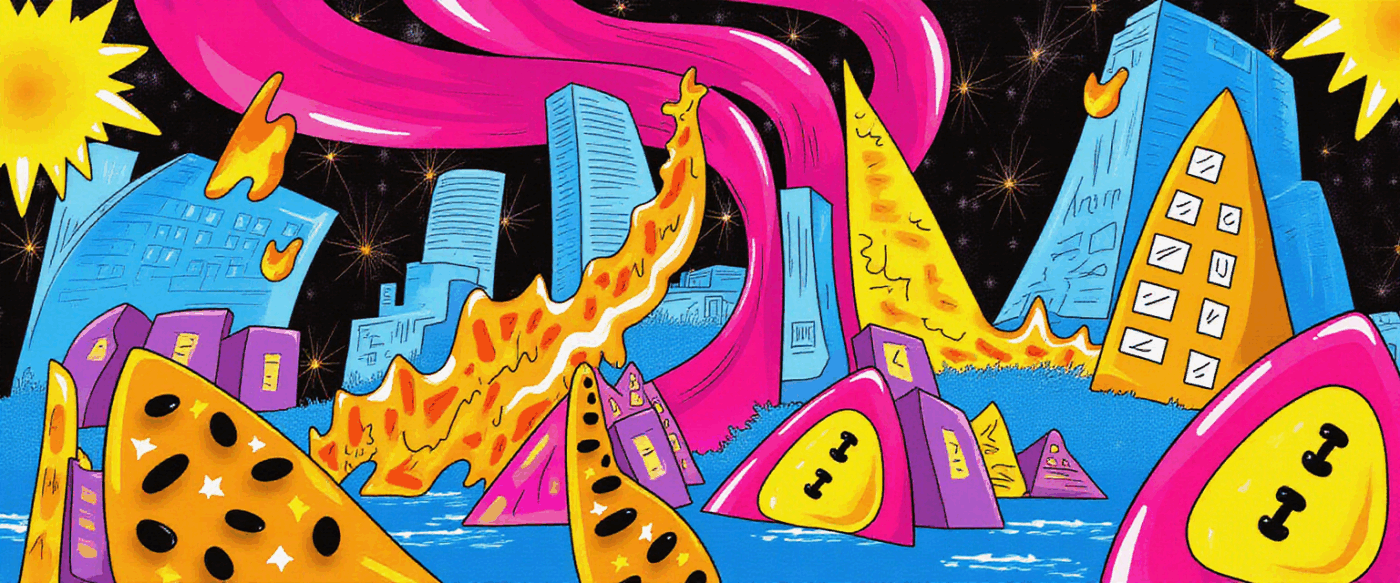The 1970s were a time of cultural revolution, creative experimentation, and bold self-expression. From disco glam to bohemian rebellion, fashion in the ‘70s was deeply influenced by the era’s vibrant art movements. Here’s a look at how key artistic styles of the decade influenced the way people dressed, expressed themselves, and made statements without saying a word.
Pop Art: From Gallery to Garment
By the time the ’70s rolled around, Pop Art had fully infiltrated mainstream culture. Think Andy Warhol’s soup cans and Roy Lichtenstein’s comic strip panels—bright, graphic, ironic. This movement’s influence trickled directly into fashion:
- Bold prints: Designers embraced large-scale motifs of lips, eyes, dots, and comic-inspired graphics.
- Color-blocking and high-contrast palettes mimicked the clean lines and sharp visuals of pop art.
- Labels like Stephen Sprouse and Halston played with these aesthetics, mixing high fashion with street-level wit.
Psychedelia: The Art of Altered States
The late ’60s psychedelia morphed into a more refined yet still wild aesthetic in the early ’70s. Psychedelic art, influenced by hallucinogens and Eastern philosophies, brought intense color and mind-bending visuals:
- Swirling patterns, kaleidoscopic prints, and tie-dye dominated bohemian fashion.
- Music festivals like Woodstock set the tone for flowing fabrics, embroidered denim, and fringed vests—all echoing the trippy visuals of poster art and album covers.
- Designers like Thea Porter brought a luxe version of psychedelic style to the fashion elite.
Art Nouveau Revival: Nature Meets Nostalgia
In the ’70s, there was a renewed interest in the curving lines and floral motifs of Art Nouveau, originally popular in the late 1800s and early 1900s.
- This inspired a romantic boho aesthetic, with flowing dresses, earth tones, and nature-inspired embroidery.
- Fashion icons like Stevie Nicks embodied this vibe—dreamy, mystical, and feminine.
- Jewelry and accessories featured organic shapes and filigree detailing, mirroring the era’s posters and home décor.
Minimalism vs. Maximalism: The Bauhaus Legacy and Anti-Art
In contrast to the over-the-top glam of disco and boho, a subset of ’70s fashion responded to the clean, geometric influences of Bauhaus and Minimalist art:
- Yves Saint Laurent’s Mondrian dresses (inspired by De Stijl but revisited in the 70s) showcased this synergy of art and form.
- Japanese designers like Issey Miyake and Kenzo introduced conceptual silhouettes, a precursor to modern minimalist fashion.
- Meanwhile, punk fashion emerged as an anti-art, anti-fashion movement inspired by Dadaism—chaotic, DIY, rebellious.
Disco Fever: Glam Meets Glitter
While not rooted in one traditional art movement, disco fashion took cues from Futurism and kinetic art:
- Sequins, metallics, and iridescent fabrics created a sense of movement and spectacle.
- Clubs like Studio 54 became runways for gender-fluid, outrageous looks.
- Designers like Halston and Diane von Fürstenberg led the way with slinky dresses and jumpsuits that shimmered under mirrored lights.
Final Stitch: The 1970s as a Canvas
The 1970s weren’t just a fashion decade—they were a living gallery. Each subculture wore its beliefs, dreams, and aesthetics on its sleeves—literally. From art-house influences to underground rebellion, fashion became a fluid form of identity and protest, echoing the era’s turbulent yet transformative energy.

